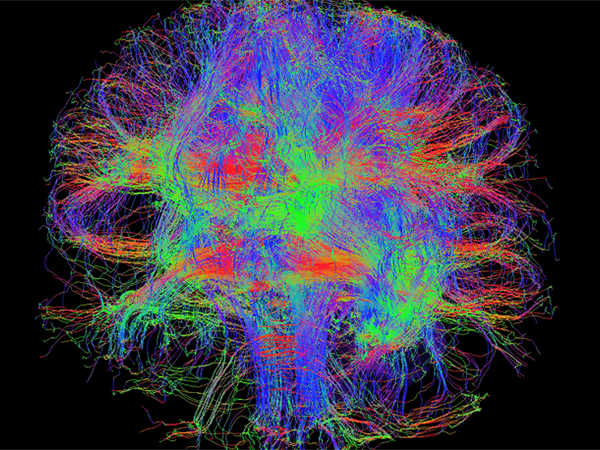Anxious People Use Less Suitable Section of the Forebrain in Socially Difficult Situations
Images

Brain scans are informing researchers how anxious people use a less suitable section of the forebrain than people who are not anxious in socially difficult situations, according to an article published in Nature Communications.
According to the research of Bob Bramson and Sjoerd Meijer at the Donders Institute of Radboud University, “Anxious people use a less suitable section of the forebrain for this control. It’s more difficult for them to choose alternative behavior, so they avoid social situations more often,” Bramson says.
Bramson and Meijer studied brain scans to see what happens in anxious and non-anxious people in a simulated social situation. “Our trial subjects were shown happy and angry faces and had to first move a joystick towards the happy face and away from the angry face. At a certain point they had to do the reverse: move towards an angry face and away from a happy face. This demands control over our automatic tendency to avoid negative situations.”
Anxious people proved to perform just as well as non-anxious people in this simple task, but the scans showed that a completely different section of the brain was active. “In non-anxious people we often see that, during emotional control, a signal is sent from the foremost section of the prefrontal cortex to the motor cortex, the section of the brain that directs your body to act. In anxious people a less efficient section of that foremost section is used.” Other scans showed that the reason for this is probably because the ‘correct’ section becomes overstimulated in anxious people. “This could explain why anxious people find it difficult to choose alternative behavior and thus avoid social situations. The disadvantage of this is that they never learn that social situations aren’t as negative as they think.”
For the first time, brain scans have now shown that the forebrain of anxious people works differently from that of non-anxious people with regard to control of emotional behavior. The researchers think that the results could be used to develop new treatments for people with anxiety.
Related Articles
Citation
. Anxious People Use Less Suitable Section of the Forebrain in Socially Difficult Situations. Appl Radiol.
August 22, 2023